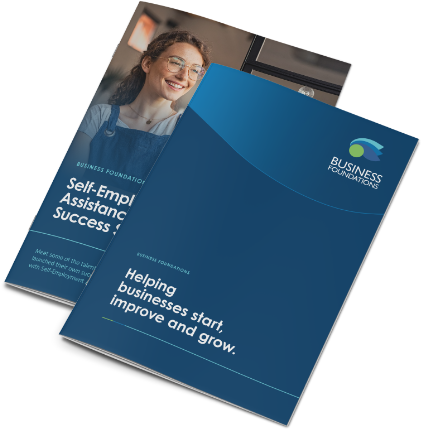Using Design Thinking To Increase Profitable Sales
February 24, 2020
Design thinking is a process for creative problem solving.
Since the Design Thinking (DT) bug “jumped species” from product and industrial design to business design, you can hardly browse your news feed without Design Thinking being mentioned as the next big thing for business.
Unfortunately, much of the innovation terminology, such as Double Diamond or Radical Collaboration, has a very eye-glazing over effect. This means that many people miss out on the benefits of DT, such as growing profitable sales in YOUR business.
Profitable sales are the life blood of any business. Even a small decline can have devastating effect on a business. Fixed costs such as administrative overheads, excess inventory, working capital and labour costs still need to be covered and when sales fall, these consume your profit margins.
So, when should you bring in DT help to grow revenue profitably?

When The Problem Is Complex And Information Is Scarce
DT is often used to address complex problems, particularly when there is not enough data available to make informed decisions. If it was a matter of adjusting pricing or developing better tendering capabilities or more marketing, you have probably already tried them.
The DT framework is ideal to understand complex issues such as industry-wide declining markets, concentration of buyer power, globalised supply chains, technology disruption and emerging new business models.
DT can help you to draw data, information and evidence you may have not previously considered to design effective solutions including alternative revenue streams, new products targeted at new customer types, more effective sales processes, and refreshing, revealing or changing your relevant, unique and credible competitive advantage.
A great example is Blundstone. This iconic company used DT to redesign its business model from traditional safety focused footwear – a declining, highly competitive market – to “go anywhere, do anything, and look great every step of the way” which opened new markets of customers focused on fashion and lifestyle choices. The result was a doubling of sales.
When The Problem Is Centered On What People Value
In the end, all business is conducted between people. Not systems, not spreadsheets, not contracts. People. When you trade, you are exchanging value with another person. You provide value in the form of a product or a service and receive value in the form of payment.
Your customers, people, perceive the value of your offering differently depending on what need is being satisfied for them. There are overt needs which covers the functional elements of your product or service, but real competitive advantage comes from satisfying people’s latent needs.
For example, a smart phone needs to be able make calls, have data connectivity and good processing speed. But the iPhone’s market strength comes from its ease-of-use for everyone, distinctive design and light weight met the very human needs of the people that bought them. Nokia and Blackberry failed to make that leap.
Design Thinking brings a tool kit to help you build empathy with your customers and discover their latent needs.
When Innovative Change Is Needed
The DT approach is used commonly when there is a radical shift in your industry or market or the economy, often led by an emerging problem for your customer. At times when historical data and experience is either less relevant or insufficient, DT can help you redesign your business model to stay relevant and desirable to your customers.
For example, Rolls-Royce Aerospace no longer sells its engines. It supplies and maintains its engines “free” and charges airlines for each engine operating hours. The DT process has revealed the latent customer need to transform fixed costs to variable costs by linking them to flight hours and thus revenue.
Is DT Right For Your Current Business Challenge?
Design Thinking is a flexible and modular approach enabling you to dip in and out of the business design process according to your specific circumstances, business challenges and budget.
However, it is not the answer to all business challenges, but if you find yourself keep coming up against the same challenges it may worth investigating if a different approach may deliver better results.
Acknowledgement Of Country
Business Foundations acknowledges the traditional custodians throughout Western Australia and their continuing connection to the land, waters and community. We pay our respects to all members of the Aboriginal communities and their cultures; and to Elders both past and present.
Victoria
The Commons
80 Market Street,
South Melbourne VIC 3205
admin@businessfoundations.com.au
Western Australia
Wesley Central
2 Cantonment Street,
Fremantle WA 6160
admin@businessfoundations.com.au


Get In Touch
Have a question or to find out how we can help you, please get in touch.






